The Moomin Series #5
- Reviewed by: bikerbuddy
- Translator: Thomas Warburton
- Category:Children's Fiction
- Date Read:24 June 2021
- Pages:174
- Published:1954

Moominsummer Madness is the fifth novel in Tove Jansson’s Moomin Series. Moomins are small amiable creatures with large snouts that live in Moomin Valley, a magical place inhabited by a host of fantastical creatures, both benign and threatening. I read this book when I was in primary school. My long term impression – long after many of the details of the book had been lost from my mind – was that I liked the book, but that it did not have the same appeal for me as other books in the series like Moominpappa at Sea or Comet in Moominland. In fact, upon re-reading it, I find the book has all the same characteristics as other books in the series, possesses their same charm and there is much that is wonderful in this story. Tove Jansson’s illustrations are part of this charm, as is the naivety and idealism of the Moomins and the variety of characters Jansson introduces in this story. Nevertheless, I still thought this wasn’t consistently as engaging as some of the other novels.
One of the key aspects of Jansson’s writing is the environment of her stories. Jansson, a Finnish writer, was used to cold, dark winters, and her plots are often based around going into or coming out of winter, as well as natural disasters which beset the Moomins. In this book the Moomins are enjoying the warmer summer. Moominmamma is making a toy boat for Moomintroll, something she does each year. The ever-flirtatious Snork-Maiden tries to engage Moomintroll. She suggests he pretend to kidnap her, an innocent suggestion made in a manner, I thought, that might raise the eyebrow and draw a wry smile on the face of some parents. But a key factor of the Moomin Series is already at play in the opening chapter: “The big world is dangerous”. Snufkin, Moomintroll’s friend, has not returned from the south after winter, and Moomintroll is left to ponder the variety of dangers he may have encountered. But more pressing, it would seem, is the ash settling in Moominvalley from a nearby active volcano, until a mysterious flood bears down upon the valley, and gives the creatures new problems to overcome. The volcano is forgotten, but the flood waters seem to be there to stay.
This book offers novel situations for the Moomins. Central to the plot is the appearance of a theatre which floats to them on the flood water. Thinking it a strange house, the Moomins adopt it since their house is underwater. But the Snork-Maiden and Moomintroll, who are sleeping in a tree to which the theatre is moored, are separated from the rest of their family when the theatre is unmoored by an inhabitant of the theatre, Emma, previously unknown to them, and the theatre floats away.
What follows is an entertaining story, even if it is not entirely cohesive in its middle section as my favourite books in the series. The flood becomes a catalyst for change in the Moomins’ environment, a place to inhabit with new adventures, rather than a challenge. In Moominpappa at Sea the island was a representation of Moominpappa’s ennui, and it challenged all members of the family to cope. In Comet in Moominland, the quest to find out what is to be done about the comet provides the thread for the entire story. In Moominsummer Madness the flood is the vehicle by which the theatre is introduced and the means to separate Moomintroll and the Snork-Maiden from the family, but after that, their problems are different. The story of Moomintroll and the Snork-Maiden becomes conflated with that of the returning Snufkin, ever a non-conformist, who uproots numerous signs placed by the fun-hating Hemulins, banning all manner of innocuous activities. By burning the signs to keep warm, the Snork-Maiden and Moomintroll enrage the Hemulin police. As for Snufkin, his small piece of civil disobedience has unexpected consequences. He finds himself the father-figure to twenty-five Woodies, small creatures released from the strictures of the Hemulins’ rules, who demand to be fed and entertained, much like children.
Jansson introduces a few new characters to this book, as well, each with distinctive personality types. Misabel is just as her name almost sounds, miserable, while Whomper wonders why others don’t rationally approach problems as he does, or have the curiosity to investigate things. Two characters can potentially be confused (I say so because I wasn’t attentive enough). Emma, the theatre woman, tells of her lost husband, Mr Fillyjonk, whom she believes dead. Jansson provides an illustration of this masculine figure. Moomintroll and the Snork-Maiden meet a ‘Fillyjonk’ during their adventures, but this Fillyjonk is clearly identified as a woman more than once. Again, there is an illustration that shows this feminine character. She is the niece of Mr Fillyjonk and Emma. But the use of ‘Fillyjonk’ as both a character name and a type of creature has the potential to be confusing, initially, especially for children. Other things, however, get cleared up. We learn where Hattifatteners – those weird tube-like creatures that are electrified by storms – come from.
The best part of the book centres around Moominpappa’s attempt to stage a play for all the creatures affected by the flood, who exchange food to watch it from boats. Beginning with his attempts to write a play – everyone takes their characters far too personally and want a say in how the play is written – continuing with the dress rehearsal which is a comedic disaster, and ending with the opening night of performance, which descends into a wonderful farce, the theatre plot is brilliantly executed and some of the most charming writing Jansson has produced so far. And this is where we have to forgive Jansson’s more meandering middle plot, if it ever bothered us at all, since all the elements are brought together in a riotous moment.
While many elements of the story escaped my memory from all those years ago, the ending chapters devoted to the theatre performance, along with their accompanying illustrations, were funny and entertaining enough, that I did remember them from my reading of all those years ago. So, while I might quibble about minor aspects of the book concerning plot structure, for instance, children are not going to care and they’re going to enjoy it. These books are special and it is not inaccurate, I think, to say books like this are not written anymore.
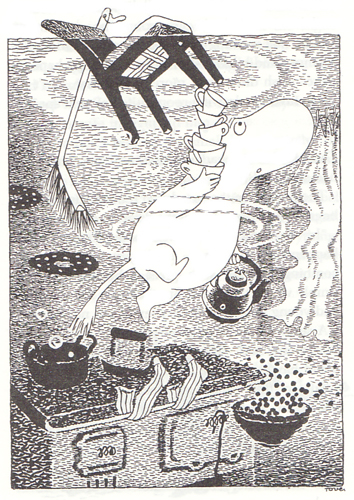
Jansson's illustrations portray the Moomins as intrepid and brave, able to cope with the vicissitudes of life with humour and good nature.

 RSS Feed
RSS Feed Facebook
Facebook Instagram
Instagram YouTube
YouTube Subscribe to our Newsletter
Subscribe to our Newsletter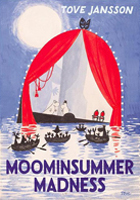
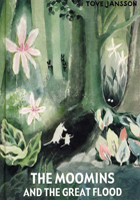
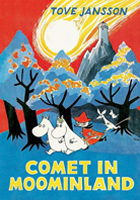
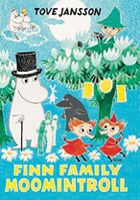
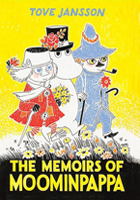
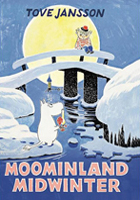
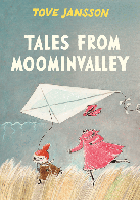
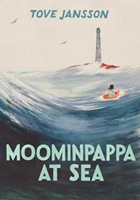
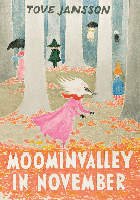
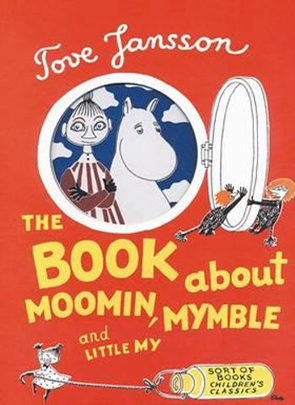
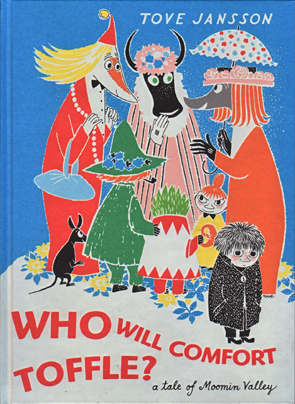
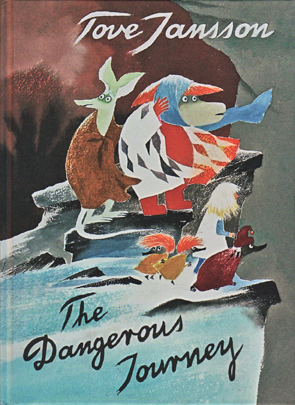
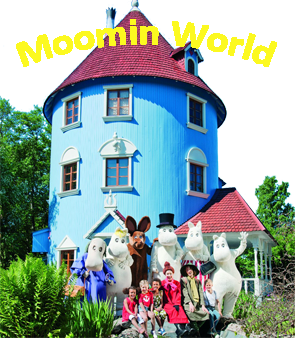
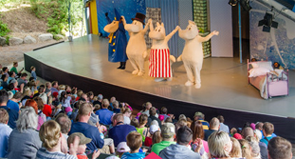


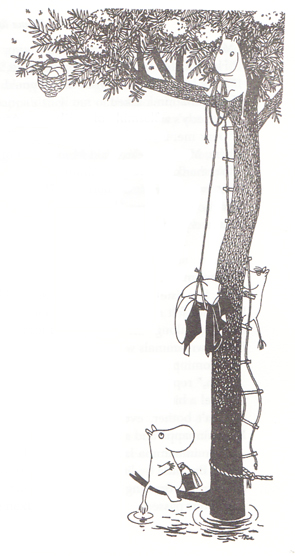


No one has commented yet. Be the first!